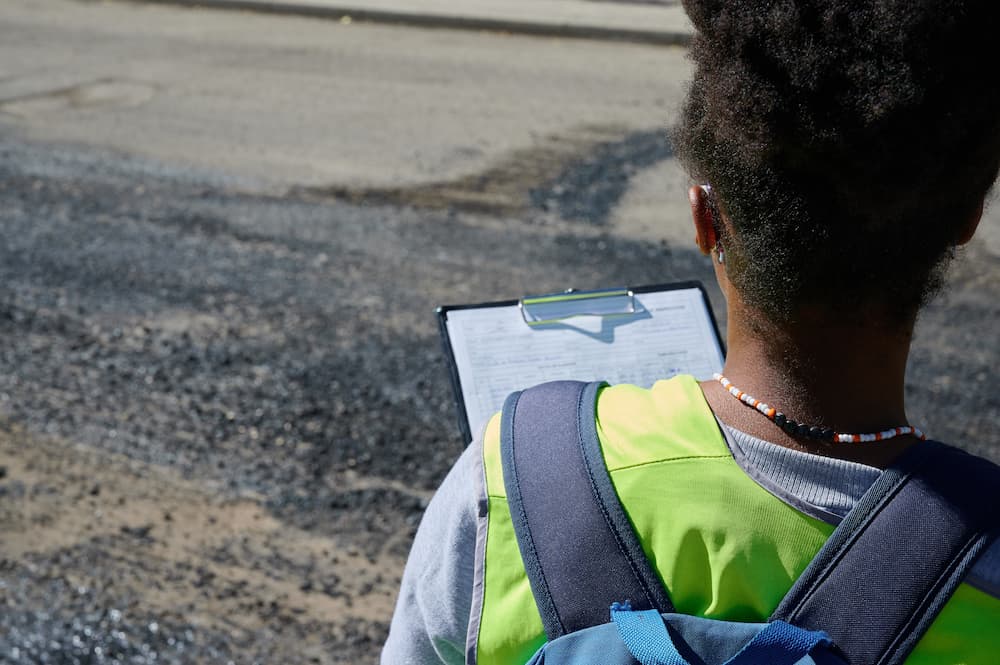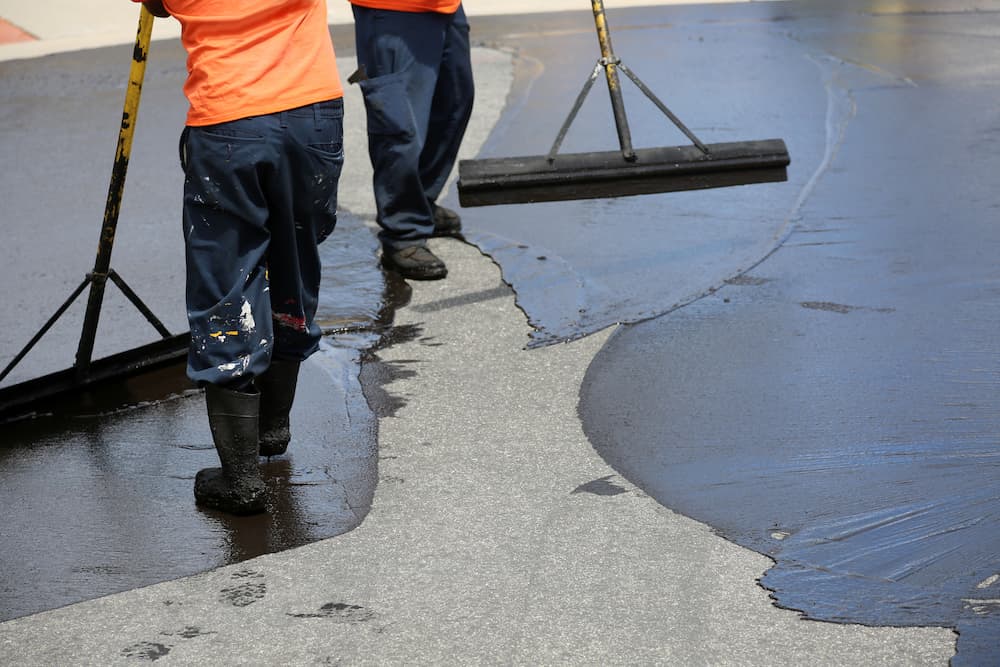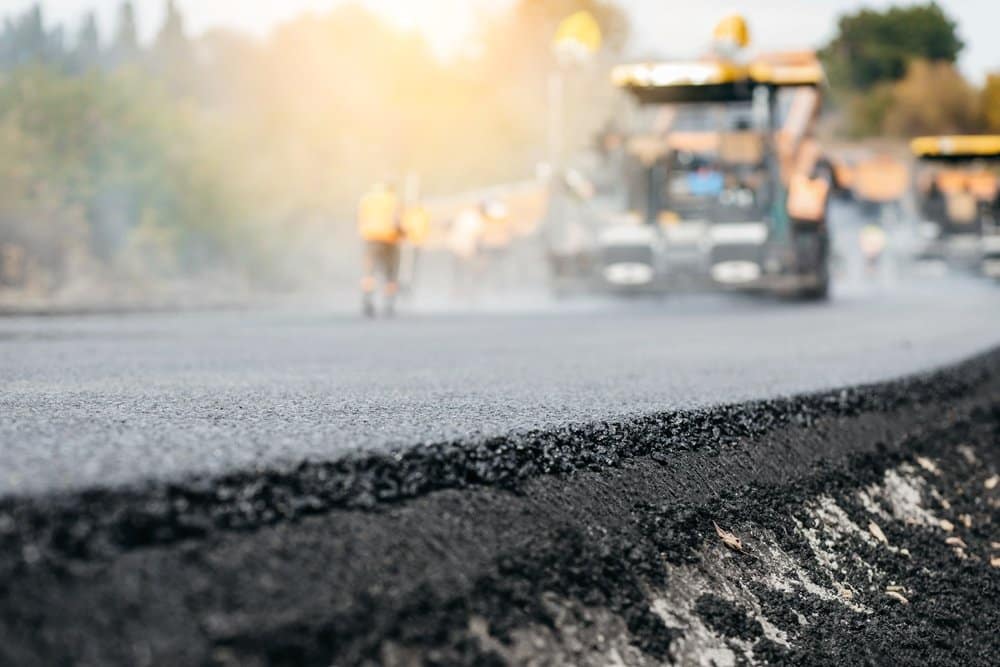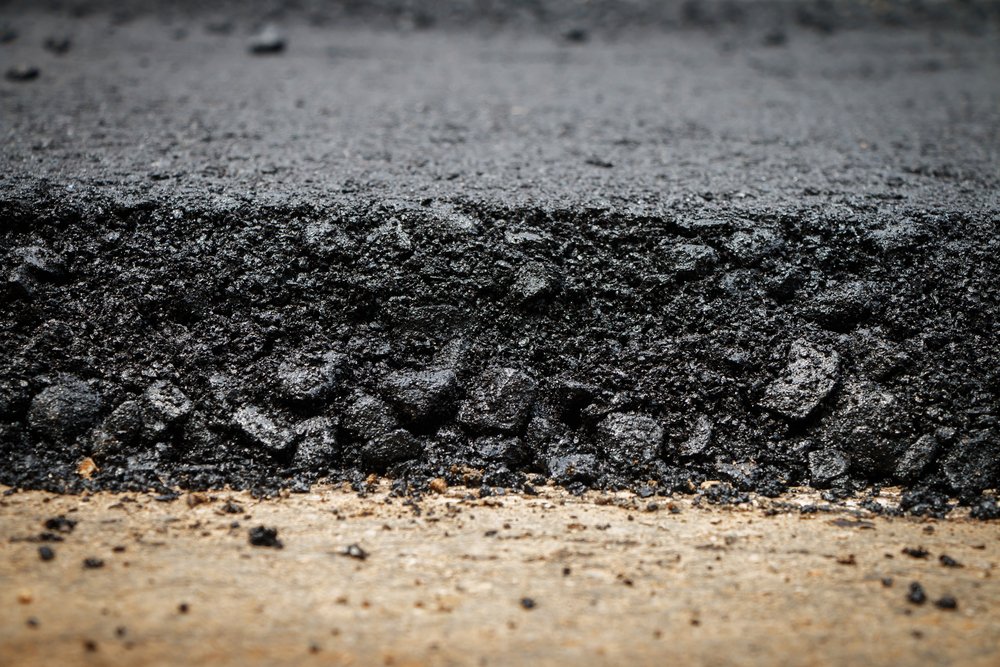Choosing the Best Paving Company for Your Business
When it comes to running a business, appearances matter. One of the first things customers notice as they arrive at your location is the condition of your parking lot and driveway. A poorly-maintained surface full of potholes and cracks can leave a negative impression and deter potential customers.
Finding the right paving company for your business is a big decision, as a bad job will only worsen your pavement’s flaws. That’s why the experts at One Stop Asphalt are here to break down the criteria for choosing a quality paving company. Learn what it takes to properly pave your driveway and parking lot so you can make the right choice for your business.
Factors to Consider When Choosing a Paving Company
Selecting the ideal paving company for your business isn’t a decision to be taken lightly. Several key factors will help you identify a reliable, high-quality service provider in the paving industry, such as:
Track Record of Successful Installations
A reputable asphalt company will be proud to share its portfolio of completed projects. Examining these can give you an idea of their quality of work, craftsmanship, and attention to detail. Choosing a business with a proven track record of delivering excellent results for its clients is essential.
Commitment to Quality
Quality should never be compromised when it comes to commercial paving. The materials used and the application process can significantly affect the durability and longevity of your paved surfaces. Always opt for a paving company committed to using top-tier materials and adopting best industry practices. They should be ready to guarantee their work and provide assurance of the longevity and durability of their services.
Experience in Handling Business Projects
Not all paving projects are the same – residential and commercial paving have distinct needs and considerations. The right company for your business will have extensive experience in commercial paving. They should be adept at handling the complexity and variation in requirements that often come with business projects.
Customized Paving Solutions for Businesses
Every business has unique needs when it comes to paving. Whether you’re running a retail store, a restaurant, or a corporate office, your paving needs will likely differ from other businesses.
Selecting an asphalt company that can provide tailored solutions to meet your unique business needs is important. This could include special accommodations for heavy-traffic areas, custom layouts for parking lots, or specific designs to match the aesthetics of your business premises.
A paving firm should also be flexible in its design and project execution. They should consider specific business requirements, deadlines, and budget constraints to provide a solution best suited to your unique circumstances. Flexibility indicates a customer-oriented approach and a commitment to ensuring client satisfaction.
The Importance of Smooth and Safe Driving Surfaces for Businesses
Having a smooth, well-paved driving surface is not merely about appearances; it also significantly impacts the customer experience and safety. A well-maintained parking lot contributes positively to your customer’s overall experience. It creates a favorable first impression and reflects on the quality and professionalism of your business. Conversely, a poorly maintained parking lot may discourage potential customers and negatively impact your business.
Benefits of Choosing a Professional Paving Company
Opting for a professional commercial paving company like One Stop Asphalt ensures that your business premises’ parking lots and driveways are safe, durable, and aesthetically pleasing. Their expertise and quality materials can help prevent potholes, cracks, and other damages, providing a smooth, safe driving surface for your customers and employees.
Quality Assurance: Trust One Stop Asphalt for Superior Results
When selecting a paving company for your business in Phoenix, their track record, commitment to quality, and experience in handling business projects make all the difference. Customized paving solutions that match your unique business needs and ensure a smooth, safe driving surface significantly create positive customer experiences.
One Stop Asphalt, with its expertise in commercial paving, has proven to be the go-to choice for businesses in Phoenix. Their commitment to quality, focus on customer satisfaction, and tailored paving solutions make them stand out in the Phoenix paving landscape.
For more information or to request a customized paving solution for your business, contact One Stop Asphalt today.





